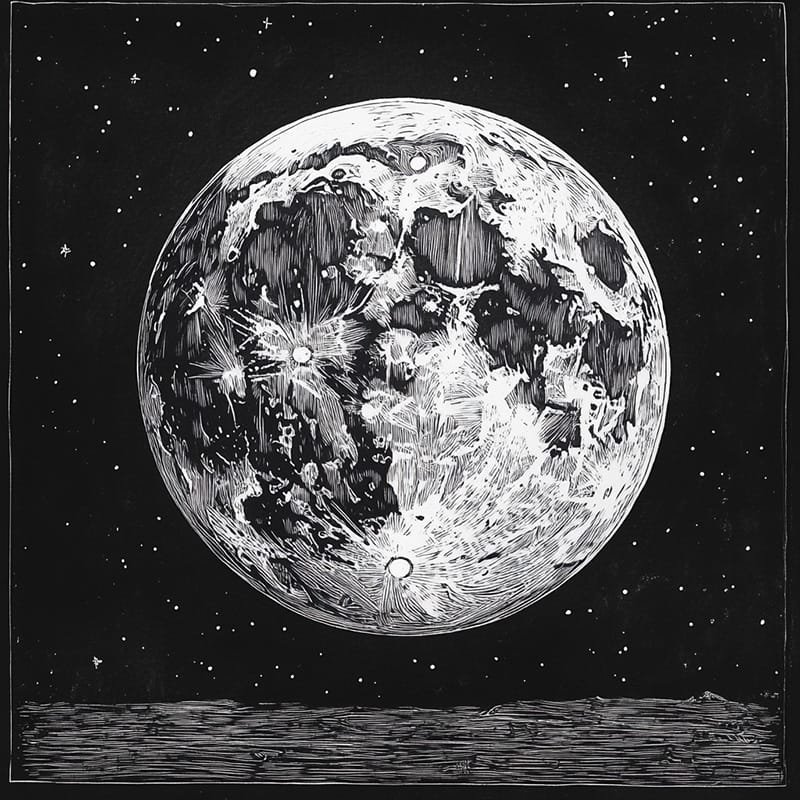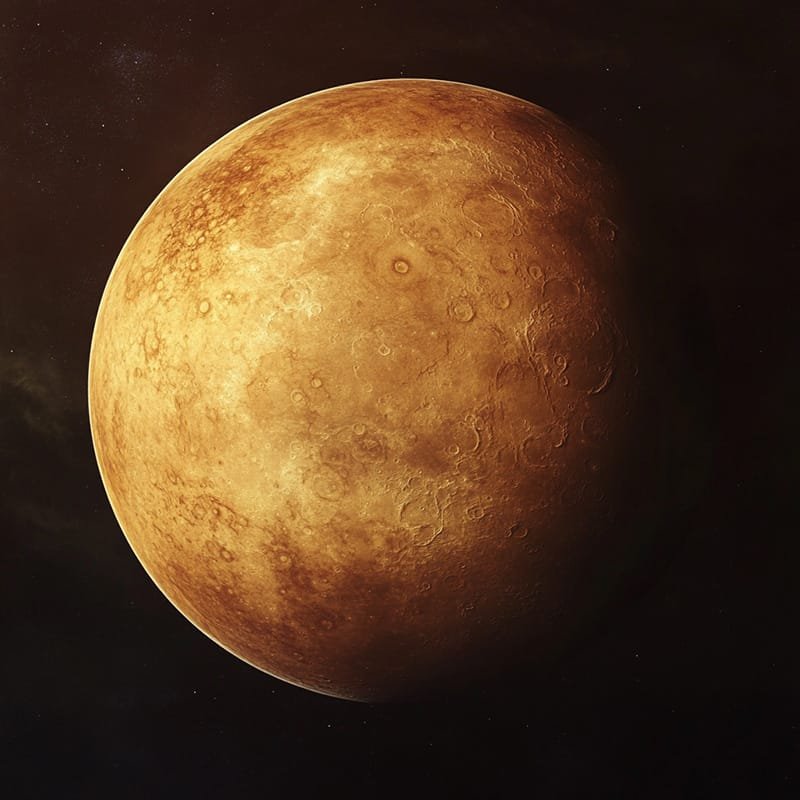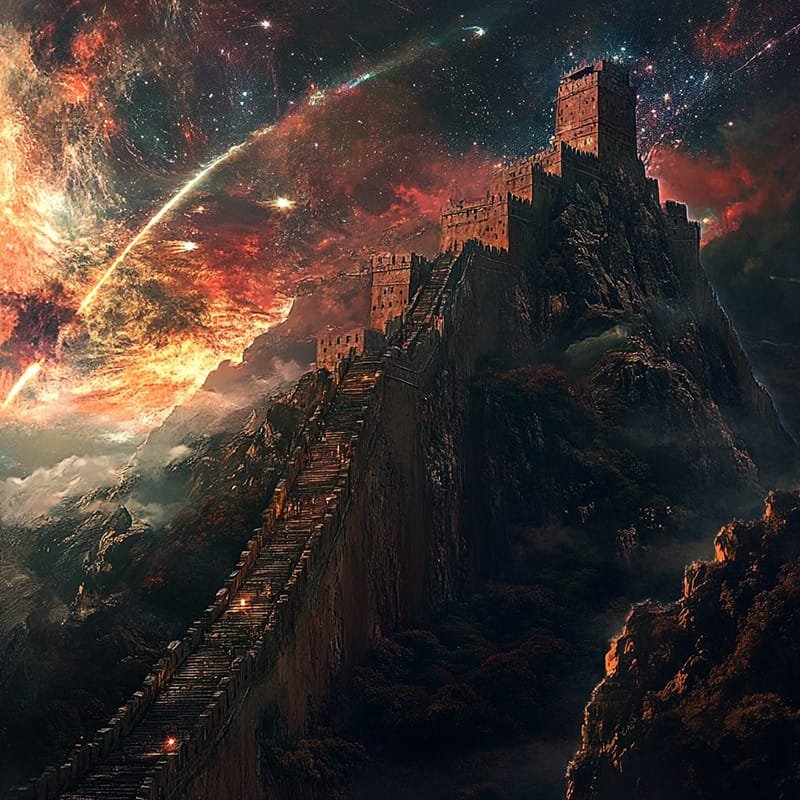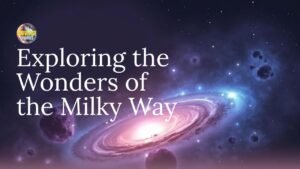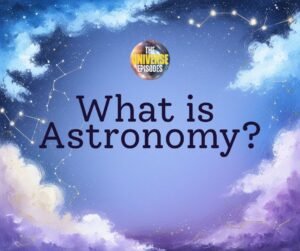The Moon is rusting due to hematite formation, linked to Earth’s oxygen and lunar water. This challenges lunar geology and prompts further research.
Key Takeaways 📝
- The Moon is exhibiting signs of rust, a surprising phenomenon that challenges our understanding of its geology despite the lack of an atmosphere and liquid water.
- Hematite, a form of iron oxide, has been detected on the Moon’s surface, suggesting that Earth’s atmospheric oxygen plays a role in its formation.
- The presence of rust on the Moon raises questions about the influence of Earth on lunar geology and suggests possible similar processes on other airless celestial bodies.
- Future missions, such as NASA’s Artemis program, aim to gather more data to explore the implications of lunar rust and enhance our understanding of planetary science.
- This discovery invites readers to reconsider long-held assumptions about oxidation processes and the interconnectedness of celestial bodies in our solar system.
Is the Moon Rusting? Unveiling the Mysteries of Lunar Oxidation
Have you ever gazed up at the Moon and wondered about its secrets? Well, here’s a cosmic conundrum that might surprise you: the Moon is rusting. Yes, you read that right. Despite its barren, airless environment, our celestial neighbor is showing signs of oxidation. This phenomenon has left scientists scratching their heads, trying to unravel the mystery of how rust, which typically requires oxygen and water, is forming on the Moon. Let’s dive into this fascinating topic and explore the science behind the Moon’s unexpected rusting.
Discovery of Rust on the Moon
The story begins with India’s Chandrayaan-1 lunar mission, which made a groundbreaking discovery. Using its Moon Mineralogy Mapper instrument, the mission detected spectral signatures of hematite, a form of iron oxide or rust, on the Moon’s surface. This was a surprising find because the Moon lacks the two key ingredients for rust formation: an atmosphere rich in oxygen and liquid water.
What is Hematite?
Before we delve deeper, let’s understand what hematite is. Hematite is a reddish-brown mineral composed of iron and oxygen. On Earth, it’s commonly found in rocks and soils, often forming in the presence of water. Its presence on the Moon, however, is a puzzle, given the Moon’s dry and airless environment.
Possible Sources of Oxygen
So, where is the oxygen coming from? One intriguing hypothesis suggests that Earth’s atmosphere might be playing a role. Earth’s magnetic field extends far into space, and during certain periods, the Moon passes through Earth’s magnetotail. This magnetotail can carry trace amounts of oxygen from Earth’s upper atmosphere to the Moon’s surface. It’s like a cosmic delivery service, providing one of the essential components for rust formation.
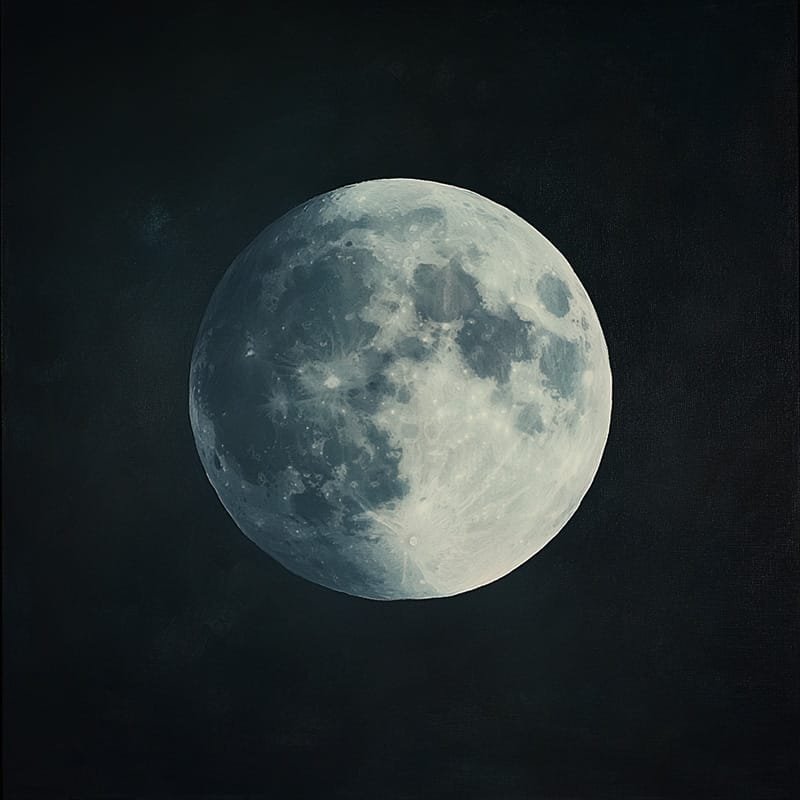
The Role of Water on the Moon
While the Moon lacks liquid water, it does have water molecules in the form of ice, particularly in shadowed craters. Additionally, water molecules have been detected in the lunar regolith, the layer of loose, fragmented material covering solid rock. Fast-moving dust particles that bombard the Moon can release these water molecules, allowing them to interact with iron in the lunar soil. This interaction, combined with oxygen from Earth, could facilitate the formation of hematite.
Earth’s Magnetotail: A Crucial Player
The Moon’s interaction with Earth’s magnetotail is crucial in this process. During certain periods of its orbit, the Moon is shielded from the solar wind, which normally bombards it with hydrogen. Hydrogen acts as a reducing agent, preventing oxidation. However, when the Moon is in Earth’s magnetotail, this shielding effect allows oxygen from Earth to oxidize the iron on the Moon’s surface, leading to rust formation.
Distribution of Hematite on the Moon
Interestingly, hematite is more concentrated on the side of the Moon that faces Earth. This suggests a direct link to Earth’s atmospheric oxygen. However, the presence of hematite on the Moon’s far side, where Earth’s oxygen is less likely to reach, remains a mystery. It indicates that other processes might also be at play, adding another layer of complexity to this cosmic puzzle.
Implications for Lunar Geology
The discovery of rust on the Moon challenges our understanding of lunar geology. It suggests that Earth has played a significant role in the Moon’s surface evolution. This finding also opens up new questions about rust formation on other airless bodies in the solar system, such as asteroids. Could similar processes be occurring elsewhere, reshaping our understanding of planetary science?
Future Research and Exploration
To further investigate these phenomena, NASA and other space agencies are planning new missions to the Moon. The Artemis program, for instance, aims to deploy new instruments and conduct human missions to the lunar surface. These missions will provide valuable data to help unravel the mysteries of lunar rust and its broader implications for planetary science.
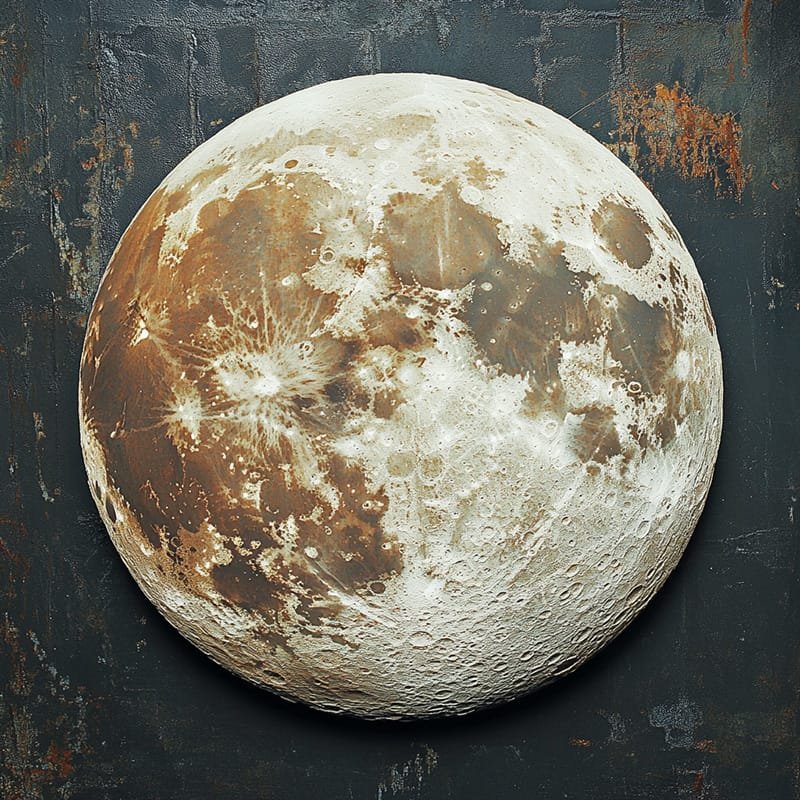
The Rusting of the Moon
The rusting of the Moon is a complex process involving the interplay of Earth’s atmospheric oxygen, lunar water molecules, and the Moon’s unique position within Earth’s magnetotail. While significant progress has been made in understanding this phenomenon, further research is needed to fully unravel the mysteries of lunar rust. As we continue to explore the Moon and beyond, who knows what other cosmic surprises await us?
FAQs
Why is the Moon rusting despite its lack of atmosphere?
The Moon is rusting due to the presence of hematite, which forms when iron is exposed to oxygen and water. Earth’s magnetotail delivers trace amounts of oxygen to the Moon, while water molecules are released from lunar soil, facilitating rust formation.
What role does Earth’s magnetotail play in lunar rusting?
Earth’s magnetotail shields the Moon from solar wind hydrogen, allowing oxygen from Earth to oxidize iron on the Moon’s surface, leading to rust formation.
Is rust found on both sides of the Moon?
Hematite is more concentrated on the side of the Moon facing Earth, suggesting a link to Earth’s oxygen. However, its presence on the far side remains a mystery.
What are the implications of lunar rust for planetary science?
The discovery challenges our understanding of lunar geology and suggests Earth influences the Moon’s surface evolution. It also raises questions about rust formation on other airless bodies in the solar system.
What future missions are planned to study lunar rust?
NASA’s Artemis program plans to deploy new instruments and conduct human missions to the Moon, providing valuable data to further investigate lunar rust and its implications.

